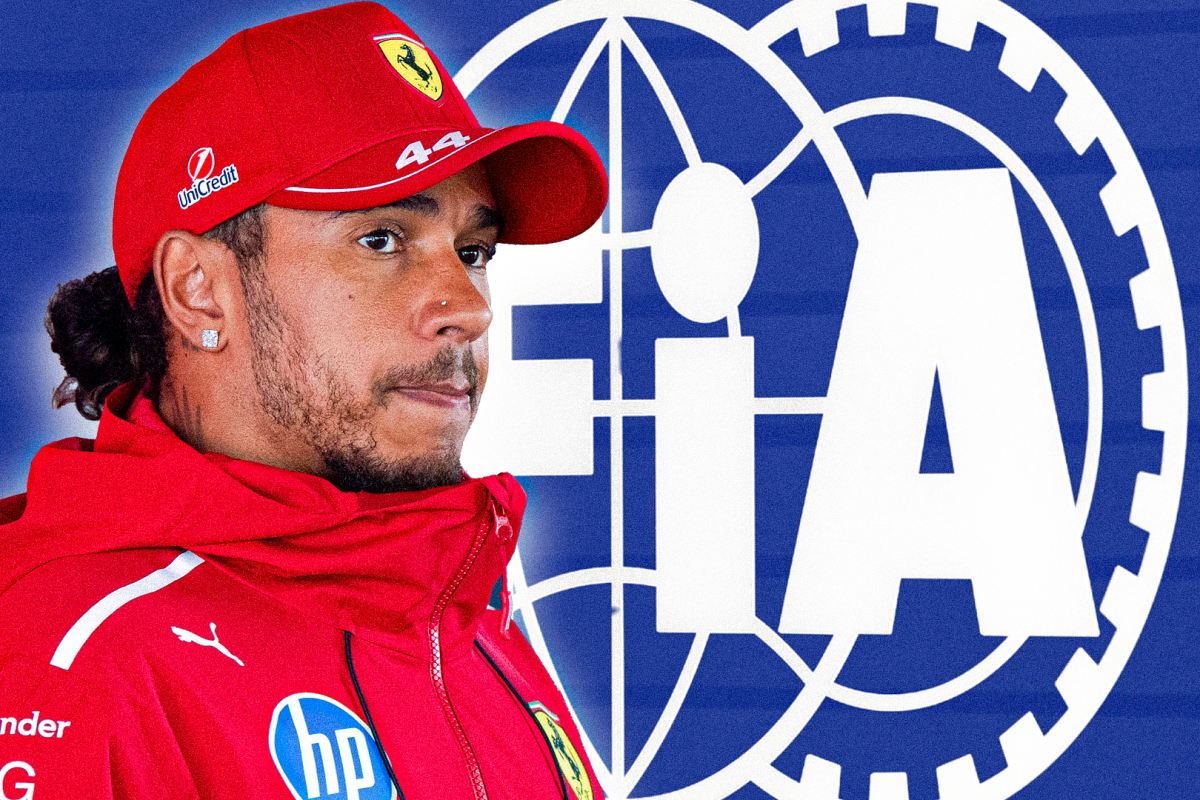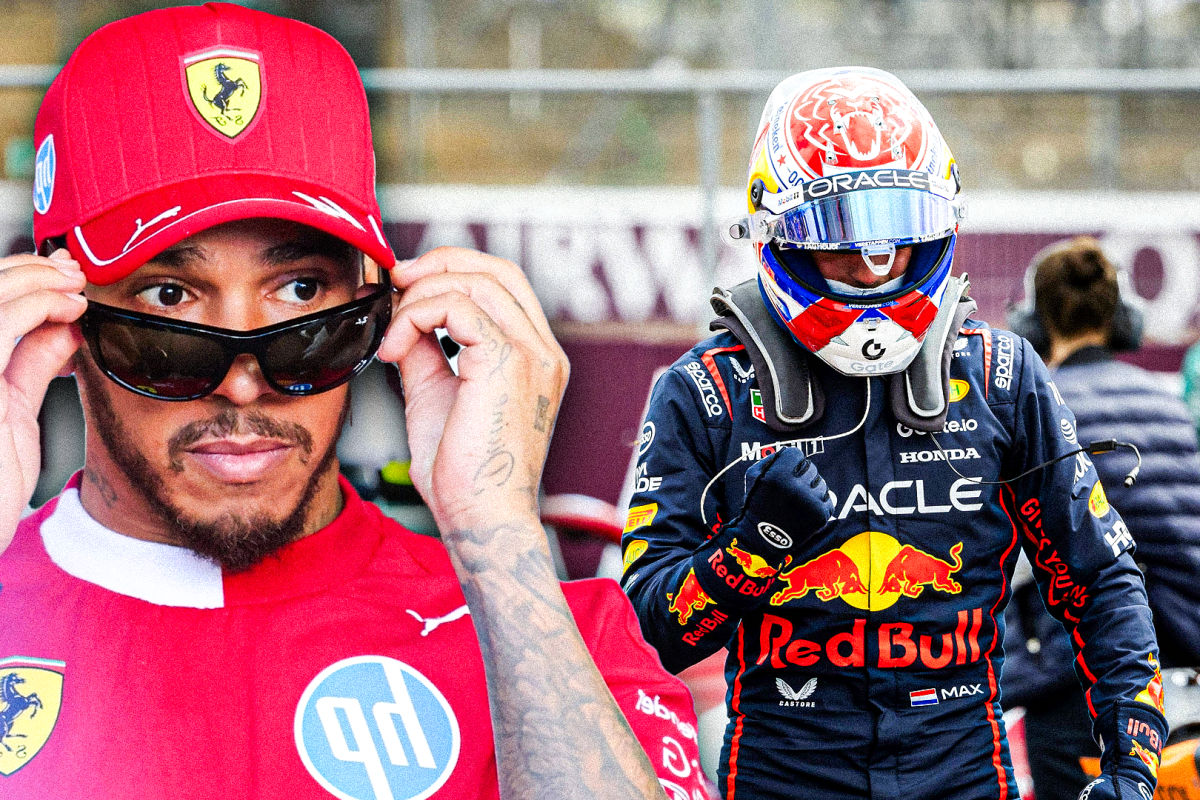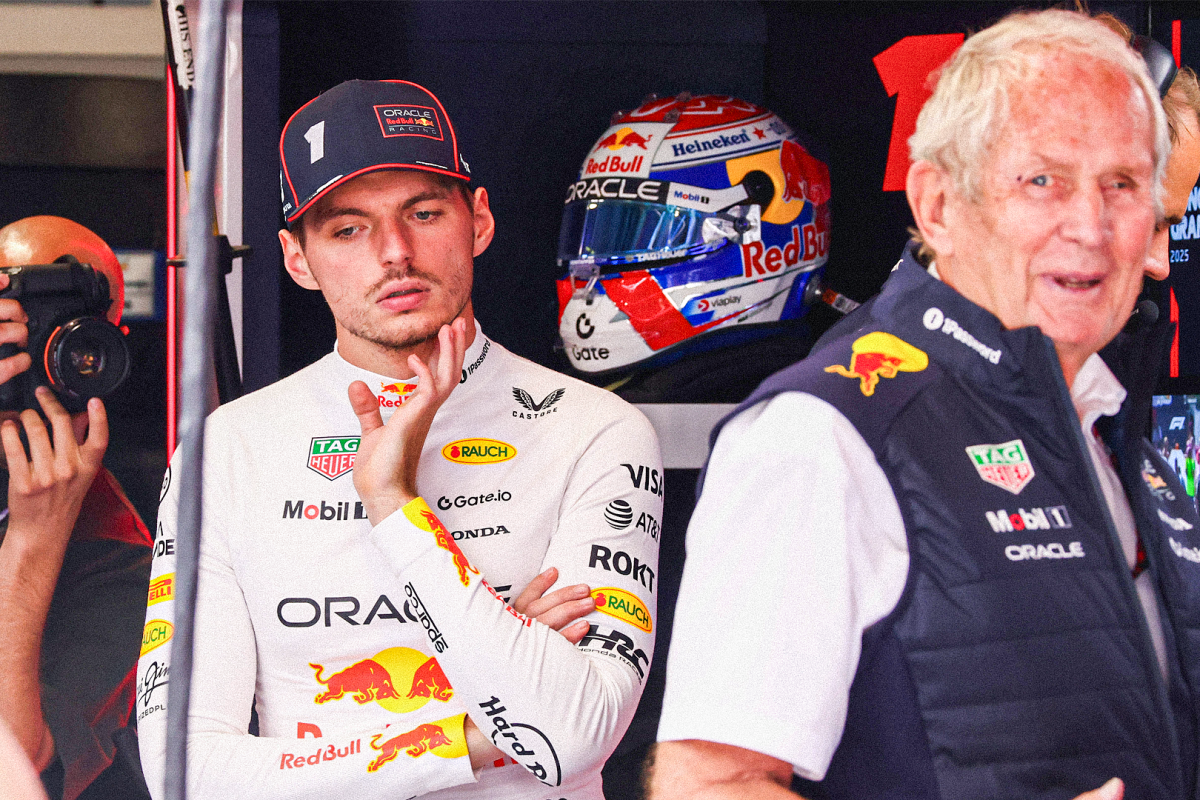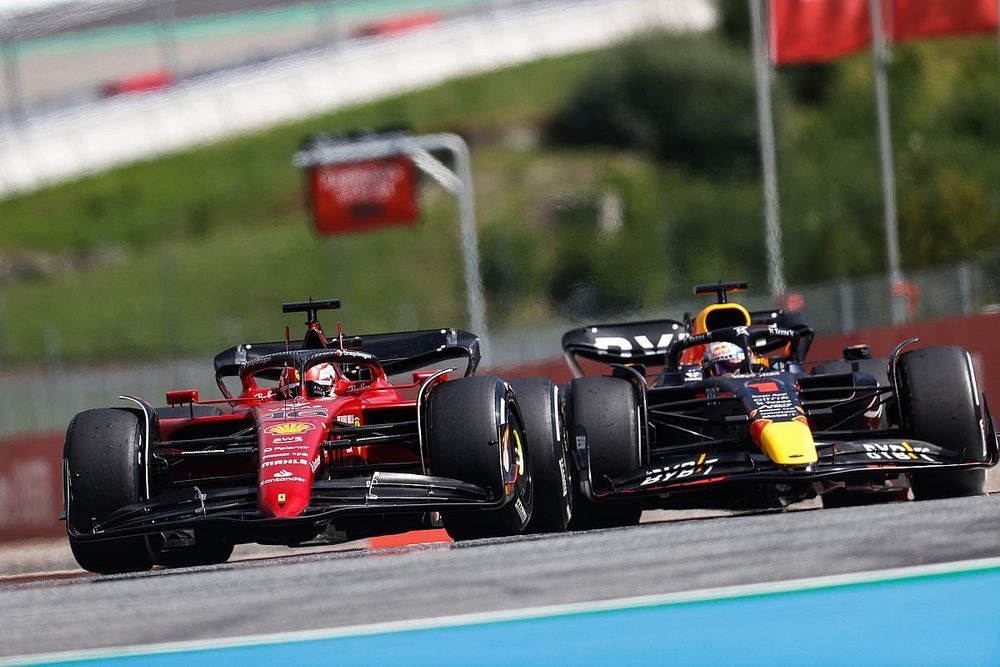Toto Wolff told to make George Russell U-turn with bold play t… read more
The Formula 1 paddock is abuzz with speculation following reports suggesting Mercedes team principal Toto Wolff orchestrated a daring strategic gamble during the recent [Insert Grand Prix Name Here] Grand Prix. The alleged plan involved a significant shift in race strategy for George Russell, a calculated risk designed to disrupt Max Verstappen’s seemingly unassailable lead and potentially snatch a crucial victory. While Mercedes officially maintains a veil of secrecy surrounding their tactical decisions, whispers within the team and from rival camps paint a picture of a bold, high-stakes maneuver – a “U-turn” in strategy that ultimately fell short but highlighted Wolff’s willingness to take extraordinary measures to challenge Red Bull’s dominance.
The narrative suggests that Wolff, frustrated by Mercedes’ persistent second-place status behind Red Bull, directed his team to implement a radical change in Russell’s race plan midway through the competition. Initial reports indicate that Russell was initially on a conservative strategy, focusing on tire management and consistent lap times to secure a podium finish. However, according to sources close to the team, Wolff, sensing an opportunity in Verstappen’s seemingly invulnerable position, ordered a radical departure from the pre-race strategy. This “U-turn,” as it’s being called within the paddock, involved a daring switch to a more aggressive tire compound, coupled with an earlier pit stop than originally planned.
The rationale behind Wolff’s decision is multifaceted. Firstly, Verstappen’s seemingly comfortable lead created an element of risk tolerance. A traditional approach offered little chance of victory, so a high-risk, high-reward strategy became a more palatable option. Secondly, Verstappen’s dominance often obscures weaknesses in his overall race strategy. By aggressively challenging him, the Mercedes team aimed to exploit any potential vulnerabilities, such as tire degradation or unexpected track conditions. Thirdly, the strategy could have served as a psychological weapon, potentially unsettling Verstappen and his team by throwing an unexpected element into the race.
The execution of the “U-turn” was reportedly fraught with tension. The pit crew reacted swiftly to Wolff’s instructions, executing a seamless tire change. However, the gamble relied heavily on several variables aligning perfectly. Russell needed to maintain an aggressive pace on the new, faster tires without compromising tire life. Additionally, the chosen tire compound needed to perform optimally, overcoming the challenges posed by track temperature and degradation. Crucially, Verstappen needed to encounter some unforeseen difficulty, a mechanical issue, or a strategic miscalculation from his Red Bull team.
Unfortunately for Mercedes, the gamble ultimately failed to deliver the desired outcome. While Russell initially gained some ground, the aggressive strategy proved unsustainable in the long run. Tire degradation became more pronounced than anticipated, forcing Russell to ease off the pace and ultimately fall back to [Russell’s Finishing Position]. Verstappen, meanwhile, maintained his composure and continued his dominant performance, securing his [Verstappen’s Finishing Position] victory.
The aftermath of the Grand Prix saw a mixed reaction to Wolff’s decision. Some lauded his boldness and proactive approach to challenging Red Bull’s supremacy. They argued that even though the gamble didn’t pay off, it demonstrated a willingness to take risks necessary to close the gap between the two teams. The alternative, a predictable and conservative strategy, would have guaranteed a second-place finish, yet another validation of Red Bull’s dominance. Such a passive approach, these commentators suggest, would ultimately hinder Mercedes’ long-term prospects.
Others, however, criticized the decision as overly risky and potentially detrimental to Russell’s overall race performance. The argument is that a more conservative strategy would have yielded a guaranteed podium finish, accumulating valuable championship points. The gamble, they suggest, jeopardized those certain points for a slim chance of victory, a risk that ultimately didn’t pay off. This perspective highlights the inherent tension between maximizing short-term gains and building a sustainable championship campaign.
Regardless of the outcome, Wolff’s decision underscores his commitment to challenging Red Bull’s dominance and his willingness to employ unconventional strategies to achieve this goal. The “U-turn” strategy, while ultimately unsuccessful in this instance, represents a significant shift in Mercedes’ approach. It suggests a move away from a purely reactive strategy and a move towards a more proactive and aggressive approach, even if it means embracing higher levels of risk. The incident serves as a clear indication of the intensity of the competition and the strategic depth required to compete at the highest level of Formula 1. The debate surrounding the decision’s merits will likely continue within the paddock and among fans for weeks to come, underscoring its impact on the championship narrative. The question remains: will Wolff employ such a bold strategy again, and will it ultimately be the key to breaking Red Bull’s seemingly unbreakable grip on the sport?




